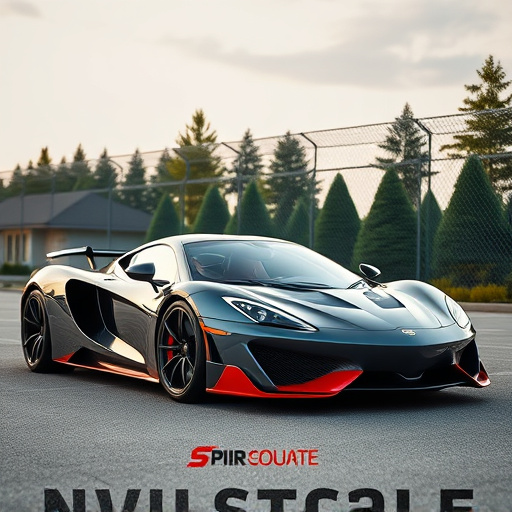UV damage resistance ratings are vital for outdoor materials' durability, impacting automotive finishes, coatings, plastics, and textiles. Testing methods simulate sunlight exposure to measure degradation over time, with results guiding consumers and manufacturers in comparing intake system longevities. Innovative materials like advanced polymers and protective coatings significantly enhance UV protection, while factors like chemical composition and surface treatments influence a product's absorption and dispersion of UV rays. Comprehensive testing is crucial for making informed decisions based on intake system longevity comparison testing under simulated sun exposure conditions.
In the pursuit of durable automotive components, understanding UV damage resistance ratings is pivotal. This article delves into the intricacies of these ratings, elucidating what they signify and how they impact vehicle maintenance. We present an in-depth analysis of intake system longevity comparison through various testing methods and highlight key factors influencing UV resistance. By exploring these aspects, readers can make informed decisions regarding component selection and maintenance strategies, ensuring optimal vehicle performance and reduced replacement costs.
- Understanding UV Damage Resistance Ratings: What They Tell You
- Intake System Longevity Comparison: Testing Methods and Results
- Factors Influencing UV Damage Resistance: A Comprehensive Look
Understanding UV Damage Resistance Ratings: What They Tell You

UV damage resistance ratings are a crucial indicator of the durability and longevity of various materials, especially in outdoor applications. These ratings provide valuable insights into how well a material can withstand the harmful effects of ultraviolet (UV) radiation from the sun over time. Understanding these ratings is essential for consumers and manufacturers alike when making informed decisions about products that will be exposed to intense sunlight, such as automotive finishes, coatings, plastics, and textiles.
When comparing different materials or products, paying attention to UV resistance ratings can offer a comprehensive view of their potential performance and longevity. Through rigorous testing, these ratings help identify which materials are more susceptible to fading, cracking, or degradation when exposed to the sun’s UV rays. This knowledge is vital for ensuring the intake system’s optimal functioning and visual appeal over an extended period, thereby promoting consumer satisfaction and peace of mind.
Intake System Longevity Comparison: Testing Methods and Results

In evaluating UV damage resistance, one key aspect is the intake system longevity comparison. Testing methods involve subjecting materials to simulated sunlight and measuring their degradation over time. These tests can range from accelerated aging chambers to outdoor exposure studies. Results provide valuable insights into how well different intake systems hold up against prolonged UV exposure.
Comparative analysis reveals that innovative materials and construction techniques significantly impact longevity. Some manufacturers use advanced polymers with built-in UV stabilizers, leading to superior resistance. Others employ protective coatings or seamless designs that minimize the entry of damaging UV rays. This intake system longevity comparison highlights the importance of thorough testing and material selection in ensuring products maintain their integrity and performance under harsh environmental conditions.
Factors Influencing UV Damage Resistance: A Comprehensive Look

UV damage resistance is not a static attribute; it’s influenced by a multitude of factors that determine how well a material or product can withstand the harmful effects of ultraviolet (UV) radiation over time. When we talk about UV resistance, several key elements come into play, offering insights into why some materials fare better than others in prolonged sun exposure.
One significant factor is the intake system—how effectively a product absorbs and disperses UV rays. This includes the material’s chemical composition and its molecular structure. Materials with robust chemical bonds that efficiently absorb UV energy tend to have superior resistance. Additionally, longevity comparison testing reveals that materials with robust surface coatings or specialized treatments can significantly enhance their protection against UV damage. Testing under controlled conditions simulating real-world sun exposure helps in comparing the durability of different products, enabling consumers and manufacturers alike to make informed decisions.
UV damage resistance ratings are crucial indicators of an intake system’s durability, particularly in outdoor applications. Through comprehensive testing methods that simulate real-world conditions, we’ve compared intake systems based on their longevity against UV exposure. Understanding the factors influencing these ratings empowers users to make informed decisions. By considering material composition, construction quality, and environmental factors, you can select intake systems designed to withstand the elements, ensuring optimal performance for years to come. This knowledge is essential when navigating the market for long-lasting solutions in the automotive or industrial sectors.














